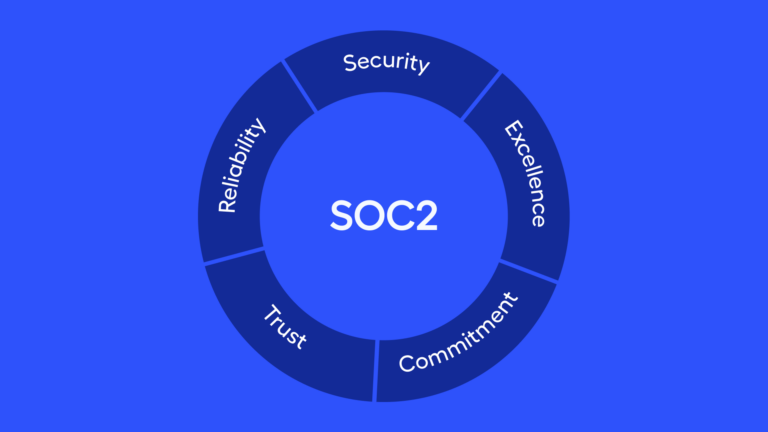The success of Taylor Swift’s new tour has been nothing short of astonishing. From the moment it was announced to its sales crashing Ticketmaster’s website—a debacle so pronounced that Congress had to get involved—to opening night and beyond, it has been a phenomenon.
The tour—a 146-show jaunt from Glendale, Arizona, around the globe before finishing in Toronto, Canada, in late November—boasts a 44-song set list, a three-hour run-time, and a narrative divided into 10 distinct ‘acts’ that serve to portray the different ‘eras’ of Swift, one for each of her albums.
In terms of pure showmanship, it’s quite the flex: turning a criticism of female artistry—namely, the constant need for reinvention—into a storytelling device is a stroke of genius. And with that monster run-time, fans have been more than willing to put down their cash for the privilege of experiencing it.
“The only thing I can compare it to is the phenomenon of Beatlemania,” said Billy Joel—the Billy Joel—who attended Swift’s show in Florida with his wife and young daughters.
Some estimates have gate revenues averaging around $14 million in some of the larger shows, bringing guesses to the tour total at over $725 million.
For an artist whose net worth already clocks in at an estimated $740 million, it’s safe to say Taylor’s next ‘era’ might be that of a billionaire.
World Domination Starts with Great Marketing
How does she do it? Well, the music is good—that helps. But there are some direct takeaways for companies looking for inspiration in their quest for global ascendency.
“She is the best C.E.O., and best chief marketing officer, in the history of music,” Nathan Hubbard, a longtime music and ticketing executive, told the New York Times. “She is following people like Bono, Jay-Z and Madonna, who were acutely aware of their brands. But of all of them, Taylor is the first one to be natively online.”
Speaking the particular vernacular of the internet is a fine line to tread. Too little and you’re just another personality-void capitalist floating in the abyss. Lean a little too hard into the language, however, and that’s even worse: More so than just an obvious interloper, you risk looking incredibly silly.
But more so than just tone of voice, the online-native marketer needs to show that they are listening to fans (rather than just talking to them). Of course, in the case of most companies, those ‘fans’ are customers, but the emphasis should still be on assessing and understanding their wants and needs, using the psychological and material desires that drive decision-making to inform your marketing choices.
Another key aspect linked to the above is understanding your audience’s expectations online. This not only means reaching the level of quality service they’ve come to expect, but presenting that information in a way which is produced to fit into the visual language of the platform seamlessly.
Taylor sings plenty about the fear of feeling out of place, and it’s worth bearing that in mind when it comes to disseminating your hard work online. That means paying attention to the intricacies of the medium: being aware of your ideal timings, going bespoke to create assets for the specific aspect ratios of each social platform, and understanding the best practices to avoid being stuck in algorithmic purgatory.
Remember: in every country, a respect for cultures—and those who inhabit them—goes an awful long way.
By researching your medium and finding an authentic voice that suits your company and listening to those within your staff, your cohort, and in your customer base, your company has the raw materials to reach people across the world.
It’s All About The Branding
Think that you have a product good enough ‘to sell itself’? Think again.
Some businesses believe that branding is just a logo. A concise piece of design which you buy early and forget about later. But, in another lesson learned from Swift, your brand—and your brand’s reputation—is paramount.
While the aesthetic of Taylor Swift changes with each album, she always retains a relatable, emotional throughline that feels—no matter the costume changes—consistent.
Consistency is an incredibly important and misunderstood attribute. This constancy doesn’t mean doing the same thing again and again and again. It means having thematic uniformity that allows you to introduce new products into the world without sacrificing customer comprehension. Each variation should feel like it comes from the same place, and acts as a piece in the overall brand ecosystem, so fans and customers know you’re still you. This allows for better breadth—keeping things fresh and allowing you to appeal to more people–and depth—establishing a ‘why’ which helps build brand affinity.
When appealing to fans worldwide, you cannot be all things to all people. But by remaining consistent, you can create different entry points for groups with disparate needs under one umbrella. However, this move requires a clear articulation of your company’s core brand values.
In the words of author Simon Sinek: “People don’t buy what you do; they buy why you do it.”
Fans know what Swift stands for. Do customers know what your company stands for?
Manufactured Intimacy (Taylor’s Version)
In a piece for NYT, critic Brian Seibert notes that Swift’s dancing—often dismissed as wooden and far less polished than that of her peers—only strengthens her brand still further.
“[The awkward dancing] is part of her nonthreatening Everywoman image,” he writes. “It makes her easier to identify with.”
While no one is suggesting that Swift is cosplaying as having two left feet, the bug has become a feature. Her dancing serves to break down walls and create intimacy—even in a crowd of 75,000 fans packed into an NFL stadium.
This kind of mass intimacy comes with plenty of lessons for companies to learn from:
Externally, communicating with a sense of relatable authority in your marketing makes people feel like there is a human behind the logo. This can be done with a lightness of touch, conversational subtlety, and a few well-chosen reference points to let customers know: We created this because we’re just like you.
A more internal factor this intimacy can help with may be found in appealing to new talent. At a time of increased automation in many areas, taking time to build an accessible rapport with new hires can really pay dividends.
Let’s throw to Sinek again, master of the leadership one-liner: “You don’t hire for skills; you hire for attitude”.
For potential employees, of course, it works both ways.
Just as great marketing requires a strong Reputation, a quality approach to recruitment never goes out of style. (Apologies: saving the Taylor references to the outro has taken great restraint)
At Multiplier, we’re the experts in ensuring that onboarding global hires is as seamless as possible. Our platform handles payroll, tax compliance, employee benefits and compensation, as well as a plenty of other advantages.
Hiring from abroad used to be a mess of complications. But now, Everything Has Changed (ft. Ed Sheeran).







